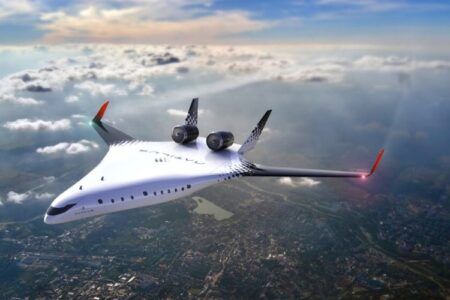Investigators with Italian aircraft accident investigation agency Agenzia Nazionale per la Sicurezza del Volo (ANSV) believe that flight control laws governing the AgustaWestland AW609 were partly responsible for the fatal crash of the test program’s second flight-test prototype (N609AG), an interim report has revealed. The developmental tilt-rotor crashed in northern Italy on October 30, 2015 during high-speed testing, killing both pilots.
ANSV says analysis of data retrieved from the AW609’s multi-purpose flight recorder (MPFR), which contained combined flight-data and cockpit voice recordings, indicates that shortly before the accident the pilot in command (PIC) felt the “onset of oscillations on the roll axis of the aircraft”.
The PIC attempted to counteract the motion by maneuvering the aircraft on the roll axis. “This is the way that is assumed correct, according to the normal flying technique. However, the flight control laws of the aircraft are currently designed in a way that this kind of maneuvering input on roll axis also generates a control on the yaw axis to compensate the expected aerodynamic effect of flaperon control surface motion on yaw axis, thus forming a phenomenon described during the investigation as ‘like an augmented Dutch roll’.”
The term is sometimes used to describe the lateral asymmetric motion of an aircraft. These motions can continue until a point is reached where the vertical stabilizer effectively becomes a wind vane reversing the yaw direction.
In an analysis of previous test flights both test aircraft, while attempting to test the extreme maximum dive speed which is required for the certification process, reached 285 KIAS (knots indicated air speed). Investigators discovered that both prototypes experienced, to a lesser degree, “oscillations in roll and yaw” and these occurred well before the accident flight.
The accident flight was the first test of a new aft fuselage configuration and modified tail-fin and the AW609 was being put into high-speed dives where it reached 293 KIAS (542km/h).
“During the accident flight two dives to maximum dive speed of 293 KIAS were executed; during the execution of the third one, the accident happened,” the report said.
ANSV says the tiltrotor’s aerodynamic behavior at high speed was not accurately predicted by the manufacturer Leonardo Helicopters; during simulator tests it proved virtually impossible to replicate the accident sequence.
The agency recommends that as part of the certification process, which is being led by the US Federal Aviation Administration, verification of the aircraft’s behavior in high-speed conditions takes place to ensure an accurate picture of its flight characteristics.
Additionally, the report said a review of the tiltrotor’s flight control laws should take place covering, “the extreme flight conditions in which the aircraft could possibly fly.”
The full interim report is available at www.ansv.it
July 1, 2016




